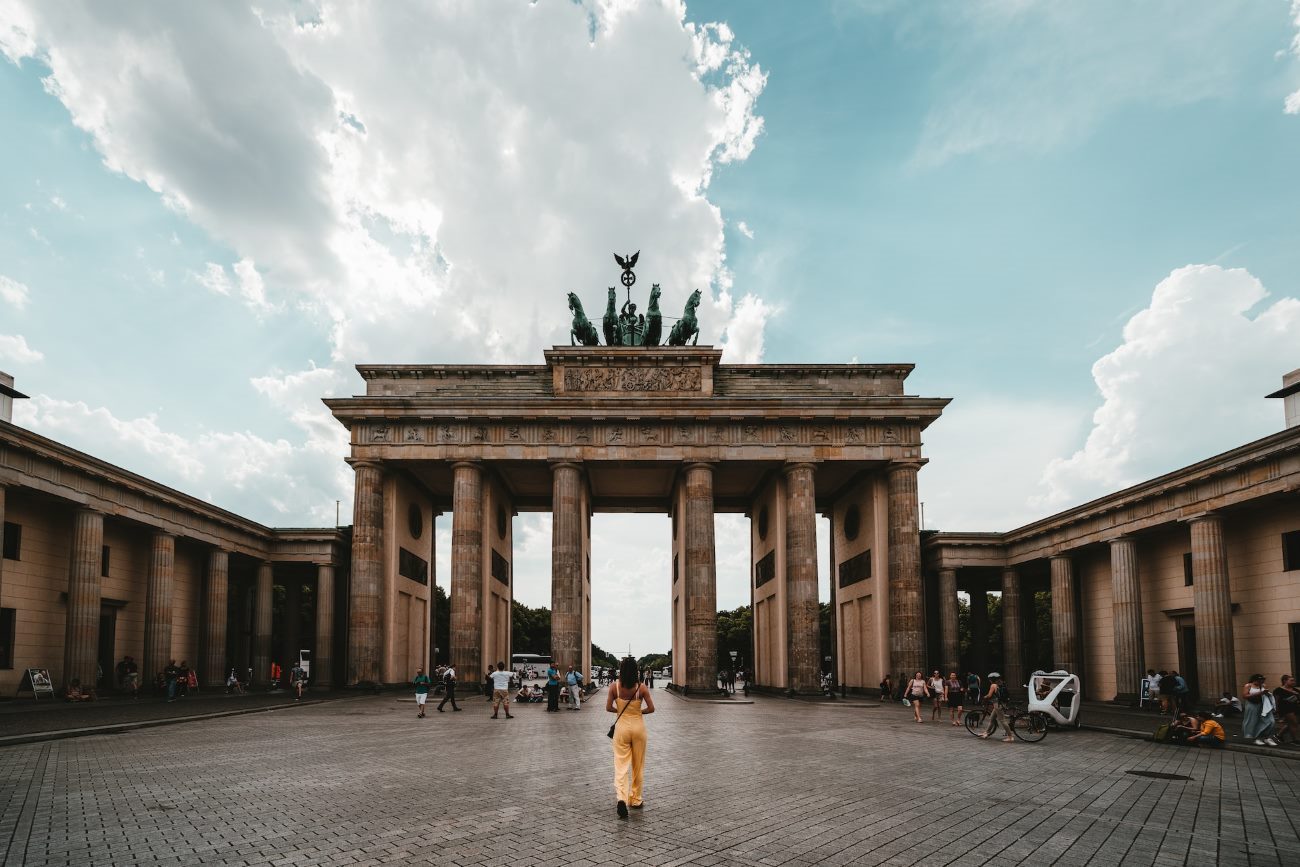Can You Still See the Berlin Wall Today?
An iconic symbol of the Cold War era is a structure that once divided the city of Berlin, the Berlin Wall. The wall was erected in 1961 to contain East Germans from fleeing to the West, and remained in place for 28 years until its fall in 1989. Today, there are remnants of this historic barrier which still stand today, reminding us of the city’s turbulent history. Sure, in this blog post, we will see if the Berlin Wall is still visible today or not.
The East Side Gallery
The East Side Gallery is one of the most famous sections of the Berlin Wall still intact. Spanning 1.3kms in the length, this open air gallery is along Mühlenstraße in the Friedrichshain-Kreuzberg district. Artists from around the world created the over 100 murals, which paint the wall segments here as an international memorial for freedom.
Visiting the East Side Gallery enables the visitor to experience artistic expression and political significance of the Berlin Wall. While walking along the wall, you will see beautiful paintings and image that a reflect the wishes, the dreams, and the sufferings of the past.
Checkpoints Charlie and Berlin Wall Memorial
At Checkpoint Charlie you can still see Berlin Wall remains. It was one of the most famous East West Berlin border crossings during the Cold War. Today a replica of the original guardhouse stands for the divided city.
Being so close to Checkpoint Charlie, is Berlin Wall Memorial, a place to keep in mind its history of the wall. You are at liberty to saunter along this preserved trace of the wall and find out more about all aspects of the ready regime by way of the outside exhibition.
Other Remaining Segments
The Berlin Wall Memorial and the East Side Gallery are two of the most renowned Berlin Wall public places, but there are additionally smaller parts spread around the city. These remainders provide an idea of the extent and even the imprint of the wall on a daily life in Berlin.
A good example are the preserved sections of the wall at the Topography of Terror museum, situated on the area occupied by the former headquarters of the Gestapo and SS. Some sections are also located in park, public space, and museum in Berlin.
Tips for Exploring the Berlin Wall
1. Plan Your Route
As the Berlin Wall remnants are spread throughout the city, it’s a good idea to have a plan in place for the route that you want to take yourself. Pick out the sections you are most interested in seeing and plot details on how you can cover as much ground as possible during your visit.
2. Take a Guided Tour
To add to that take a guided tour in which you can learn more about the history and meaning of the Berlin Wall. A knowledgeable guide can help put the myths into context and share with you stories you would not find in guidebooks.
3. Respect the Artwork
When you go to the East Side Gallery, which is mainly an outdoor artwork installation, you should be aware of the artwork and artists intents. Remember to take responsible photos and to avoid touching or damaging the paintings.
4. Visit the Documentation Centers
To get a more thorough break down of what went on during the Berlin Wall and the era it took place during, consider visiting the many documentation centers and museums that deal with Berlin Wall history.
5. Reflect on the Past
Standing in front of the Berlin Wall’s remains it’s worth a pause to pause to remember the hardship and tales of the division. Reminding us of the need for unity and human resilience, it is a poignant reminder of the value of unity, and the fact that people can still be united in the face of adversity.
Conclusion
The Berlin Wall was pulled down long after it toppled but today it is still possible to see a number of sections of it. The East Side Gallery, Checkpoint Charlie, the Berlin Wall Memorial, and other scattered remnants showcase the historical significance of the wall. Through visiting and reflecting on these sites, visitors can better appreciate the city’s past and the spirit of Berlin that has endured.
Table of Contents



